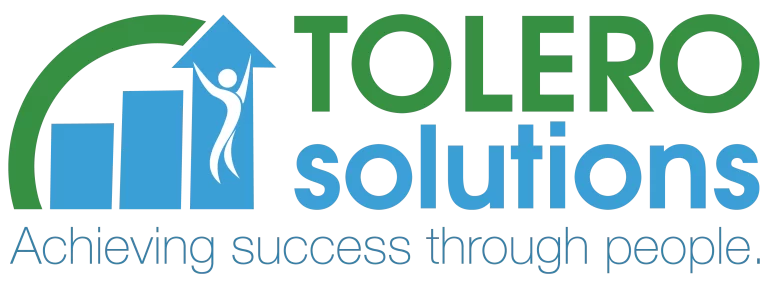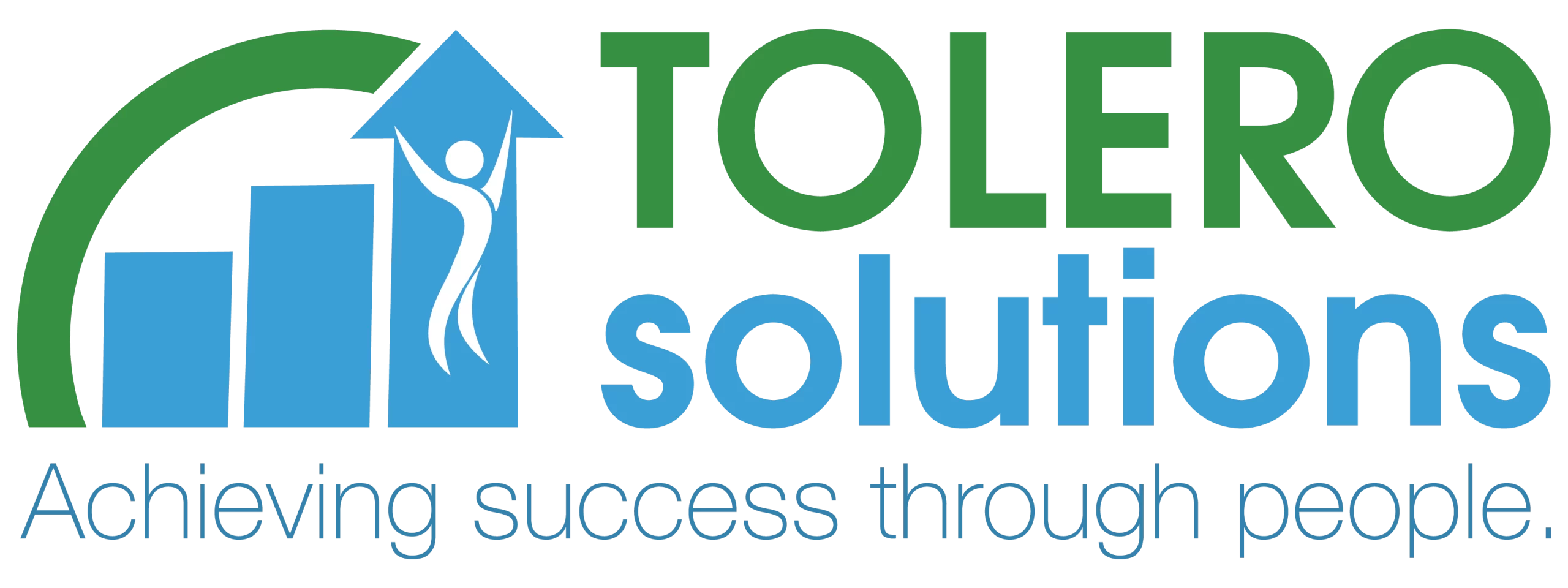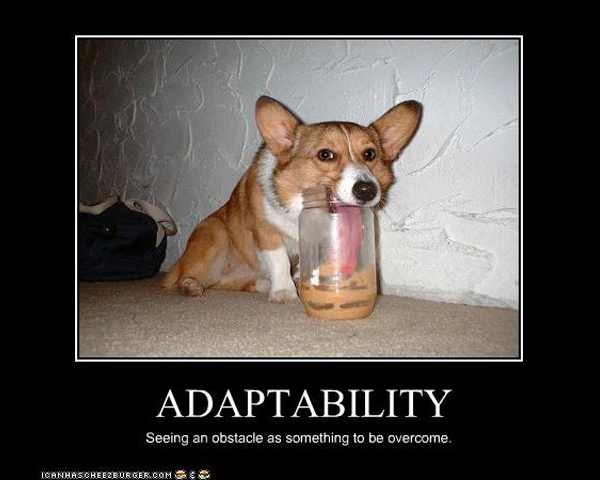What lessons in employee experience and business can we learn from Andrew Carnegie? For starters…
Pissed off people = poor profits!
 That’s a lesson that Andrew Carnegie learned the hard way. Carnegie was a titan of industry and a true entrepreneur. I’ll spare the detailed history lesson, though suffice to say he came from nothing, and with vision, grit and determination changed the country forever. In 1892, at the height of the US industrialist era, an event occurred that threatened to destroy his empire (wow, businessmen really had empires back then…seems so Star Wars) and all he had worked so hard to build – the Homestead Steel Mill Strike. The strike cost Carnegie a fortune, and damaged his reputation, which took years to repair. The labor dispute was the second largest and one of the most deadly in U.S. labor history – it could have easily been prevented – by a balanced approach of focusing on:
That’s a lesson that Andrew Carnegie learned the hard way. Carnegie was a titan of industry and a true entrepreneur. I’ll spare the detailed history lesson, though suffice to say he came from nothing, and with vision, grit and determination changed the country forever. In 1892, at the height of the US industrialist era, an event occurred that threatened to destroy his empire (wow, businessmen really had empires back then…seems so Star Wars) and all he had worked so hard to build – the Homestead Steel Mill Strike. The strike cost Carnegie a fortune, and damaged his reputation, which took years to repair. The labor dispute was the second largest and one of the most deadly in U.S. labor history – it could have easily been prevented – by a balanced approach of focusing on:
People –> Performance –> Profit™.
Carnegie was a well-liked boss. He was respected by his workers for his style and compassion, and thus they were willing to produce for him, even in the not so greatest of working conditions. Without an engaged and high performing workforce, he never would have amassed his fortune. However, when it came to efficiency, he allowed profits to take precedence over people – never a smart move. And certainly, one that doesn’t contribute to a positive employee experience. In 1881 he handed the reins of Carnegie Steel over to Henry Frick to serve as Chairmen. Frick was viewed by employees as a man who was more consumed with power and efficiency than a concern for the workers. Over the next several years morale declined, wages remained stagnant, and working conditions deteriorated. Though Carnegie’s fortune grew, he remained uninvolved in day to day operations and Frick continued to run things. Workers had no protections at the time, and thus Unions were formed. By the time of the Homestead Strike, the men had enough. They saw no reason why they should risk their own lives for a boss who could care less about their livelihoods and safety.
You cannot push anyone up the ladder unless he is willing to climb.” – Andrew Carnegie
Lessons learned:
People: In the case of Carnegie, he was so determined to surpass John. D. Rockefeller as the richest man in the world, he allowed his desire for profit to take precedent over the well-being of his workforce. It can be a both/and not an either/or. If Carnegie had agreed to a modest wage increase and moderately improved working conditions, the men probably would’ve been happy. These types of efforts showing concern, value and appreciation for his employees, may have very well kept them engaged and high performing, thus preventing the deadly strike. And in the long run, only increasing his profits.
Performance: Today we have labor laws that prevent executives from taking advantage of their workforce (though many organizations circumvent this via outsourcing to other countries) and sacrificing their safety and well being for revenues. Beyond laws, if you want your people to perform for you, even in times of great demand or uncertainty, they need to know you value and appreciate them. As a leader, compassion is imperative. If you want high performance then respect, recognize, and appreciate your employees. This can be achieved in many different ways, and not all are costly. A valued and appreciated workforce is a more engaged workforce, a more engaged workforce is a higher-performing workforce, the higher-performing they are the more innovation and revenue is likely to increase.
Profit: Profit, ongoing revenue growth, is a requirement for long-term sustainability. Even non-profits must have revenues to survive. Increased profit is dependent on a multitude of factors. Many of these factors are related to your people and their performance. If your organizations’ executives and managers lead with an authentic, open and honest, and accountable style, you are more likely to inspire the best in your people and provide a great employee experience so they will provide a great customer experience. When you have an inspired and dedicated workforce you more often have an engaged and productive workforce. When you have an engaged and productive workforce you more often have key components to a high performing organization. High-performance organizations have a higher chance of increased profits and long term sustainability.
“No person will make a great business who wants to do it all himself or get all the credit.” – Andrew Carnegie
Carnegie learned the hard way the importance of achieving success through people via a balanced approach to connecting people –> performance –> profit™. No workers, no steel. No steel, no increased revenues. Although he went on to become the richest man in America, and a great philanthropist, I’m sure these are lessons most of us would rather not learn the hard way!
So – how are you connecting People –> Performance –> Profit™?
About: Scott Span, MSOD, CSM: is CEO & People Strategist, Communications and Change Management, at Tolero Solutions. He supports clients to engage and retain talent and wow customers, achieving success through people, creating organizations where people enjoy working and customers enjoy doing business.
Email | Website | LinkedIn | Twitter | Blog | Facebook
*All Rights Reserved. Reproduction, publication, and all other use of any and all of this content is prohibited without authorized consent of Tolero Solutions and the author.






